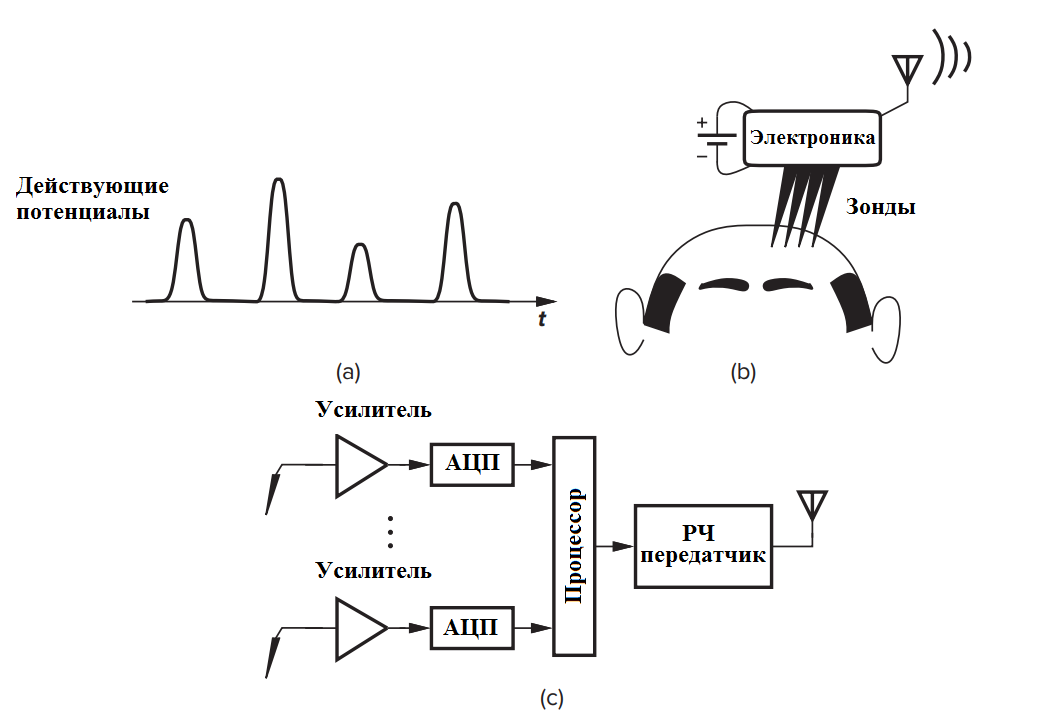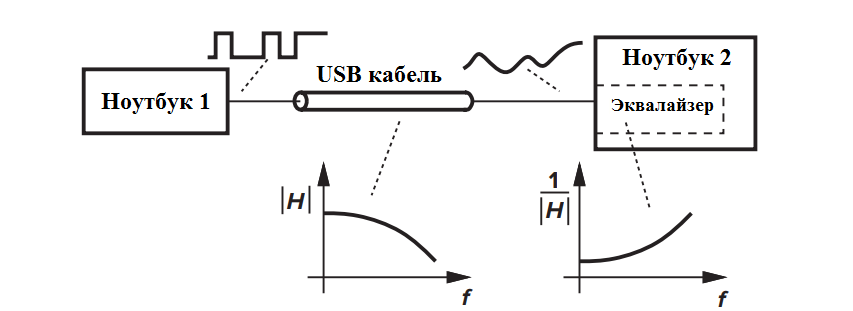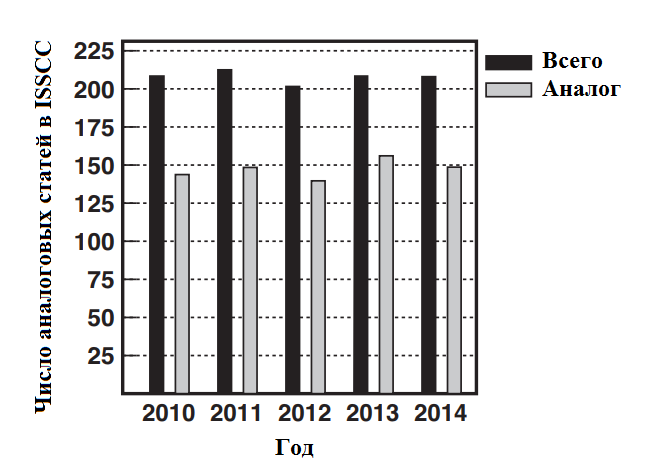We are surrounded by “digital” devices: digital cameras, digital TVs, digital communications (cell phones and Wi-Fi), the Internet, and so on. Why, then, should we still be interested in analog circuits? Isn't analog design old and out of fashion? Will there even be analog design jobs in ten years? Interestingly, these questions have been raised every five years for the past 50 years, but mostly by those who either did not understand analog design or did not want to deal with its problems. Let's try to understand why analog design is still important, relevant and complex, and will remain so for decades to come.
Why analog?
Many electronic systems have two main functions: they receive a signal and then process and extract information from it. Your cell phone receives a radio frequency (RF) signal and, after processing it, transmits voice information or data. Likewise, your digital camera detects the intensity of light emitted from different parts of an object and processes the result to extract an image.
We intuitively know that a complex processing task is preferably performed in the digital domain. In fact, we may wonder if we can directly digitize the signal and avoid any analog domain operations. The figure below shows an example in which the RF signal received by the antenna is digitized by an analog-to-digital converter (ADC) and processed completely in the digital domain. Will this scenario send analog and RF designers
to the job board?

- . , , , . , , . , , , - .
, . , «», [. 1.2()]. «» () [. 1.2 (b)], . , , , , [. 1.2 (c)]. , : (1) , (2) , . , . 1.2 (c), , - - , .

?
. / , , . , USB-, . . 1.3, 1 .

, , , 2. , ( «»), . , , , . 1.3 1/|H|.
, . 1.3 . , , USB? , , , . , , , , , , , .
: () , () . . , .
, - , . , , , , .

. 1.4 ,
(ISSCC) , «» , . , . , , ; , .
. .
, «» . , , , - (, --; . CMOS, complementary metal-oxide-semiconductor). , , , .
. 12 1970- 0,9 . . , .
- . - , - , . - , .
, . , SPICE, , MATLAB.
PVT
(process), (supply voltage) (temperature) . PVT (process-voltage-temperature) , PVT. , 1 0,95 , 0 80 . - - , PVT.
?
1950- . 70 , , - ,
, . (Gordon Moore, Intel) 1970- , . 25 1960 12 2015 , .
, , , , . .
?
-- (MOSFET) . . (J. E. Lilienfeld) 1930- , . - - , 1960- , n-. 1960- - () ( n-, p-), .
: - , GaAs. , - , .
- . , , /
, CMOS . - , , .
CMOS ?
, -. - 70 , , , ( ).
- , . - 1 , - 2 . .
. , , . , , . , , , .
The above examples and trends show once again that modern solutions cannot do without analog circuitry. From the superficial and cursory glance of the layman, who inadvertently uses in his daily life a fairly large number of what he thinks is "purely digital" devices, there is a huge layer of work of analog designers and designers.
PS Analog design is used almost everywhere.